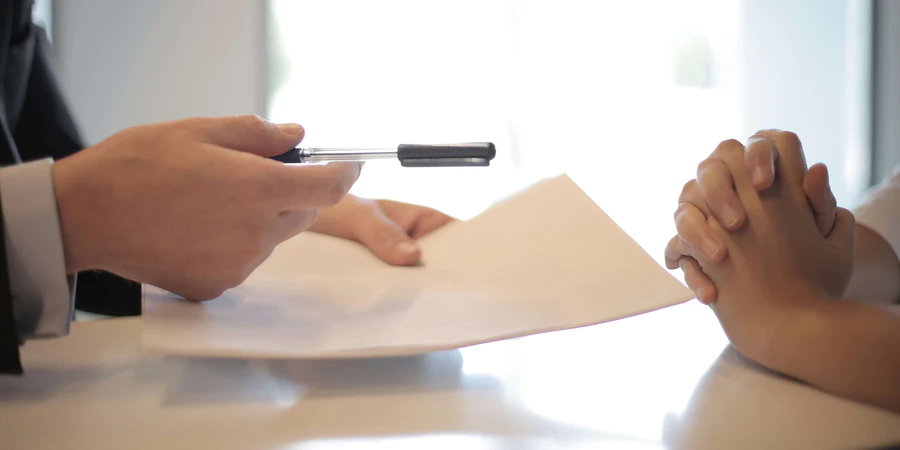Are you wondering what to do about your industrial design intellectual property? You’re not the only one. Industrial design IP is a confusing field, with inter-country factors at play.
So, let’s break down what industrial design protection is, what products it applies to, and if you need it.
If you’re worried about someone profiting off your work then this article is a must-read.
What Is An Industrial Design?
Before we get to protecting them, let’s define industrial designs.
Essentially, an industrial design is the aesthetic of a product. This could consist of its shape, 2D features, 3D features, colors, patterns, lines, and so on.
A list of examples of products that could be considered industrial designs are:
- Electronic devices
- Household items
- Clothing or textiles
- Jewelry
- Manufacturing equipment
- Digital user interfaces
- Logos and branding
This is not an exhaustive list but illustrates how an industrial design can be applied across many products and industries.
What Is Industrial Design Protection
To prevent others from commercializing your work, it is possible to register for industrial design protection. You can register the entire design of a product, or a specific section of the item, perhaps an add-on.
If something improves the aesthetic appearance and makes it look unique, registering for industrial design protection is one of the best ways to stop others from jumping on your idea without crediting you and stealing potential customers.
To be a compliant industrial design and qualify for protection, the design you register must be visible on the product, contribute to the overall function of the item, and not be disclosed publicly in any other industrial design intellectual property.
How Can Industrial Designs Be Protected?
It’s simple, register your industrial design in the jurisdictions you operate, or fear someone may legally plagiarize your work.
Upon registration, the owner of the industrial design intellectual property can stop any third party from selling products that copy the design, producing items with a similar design, or importing products comparable to the original.
Should a third-party breach these rules, they’re usually faced with the opportunity to stop selling the items, repayment of losses, or fines.
Protection rules vary depending on the country you’ve registered in, but they can last for up to 10 years. Additionally, you can renew this once for an additional 5 years, making 15 years of industrial design protection in total.
Industrial Design Protection Vs. Patent
Industrial designs offer protection for appearance and aesthetics only. Alternatively, if you’ve created a new and unique invention, a patent is probably the better option for you.
If, rather than the physical attributes, the technical working of your product is most important, and it’s USP, then you should register a patent. If you do not, other people will be able to use your work to create similar products.
Copyright vs. Industrial Design Protection
Often, copyright is reserved for what are deemed to be works of the mind, such as literature and artistic creations. More often than not, the copyright is assumed rather than registered.
You’d think this could potentially include industrial designs. In some instances, it does. However, it depends on the country you’re using the design in. For added and guaranteed protection, it is always best to register for industrial design protection.
Should I Register My Industrial Design?
If you think your product design is unique, new, and novel, then you should definitely pursue registering it. Check the laws of each country you wish to register industrial design protection, as there may already be a competing design that is very similar.
Registering it is one of the surest ways to stop others from profiting from your design.
Is My Industrial Design Protected In All Countries?
No protection is country-specific. Filing rules and protection varies from country to country, so it is recommended to enlist the services of an IP lawyer in the countries you wish to register. Many IP law firms will have offices, connections, or partner firms around the world, so consider using a company that can easily assist with multi-country registrations.
In Summary
Overall, if you think your design is new and novel, then you should be registering it. If you don’t, you run the risk of another individual or business taking your design, profiting from it, or worse, registering it themselves.
We suggest speaking with a lawyer to discuss your industrial design IP needs. Alternatively, if you’re interested in creating new and novel designs, get in touch, and let’s work together!

